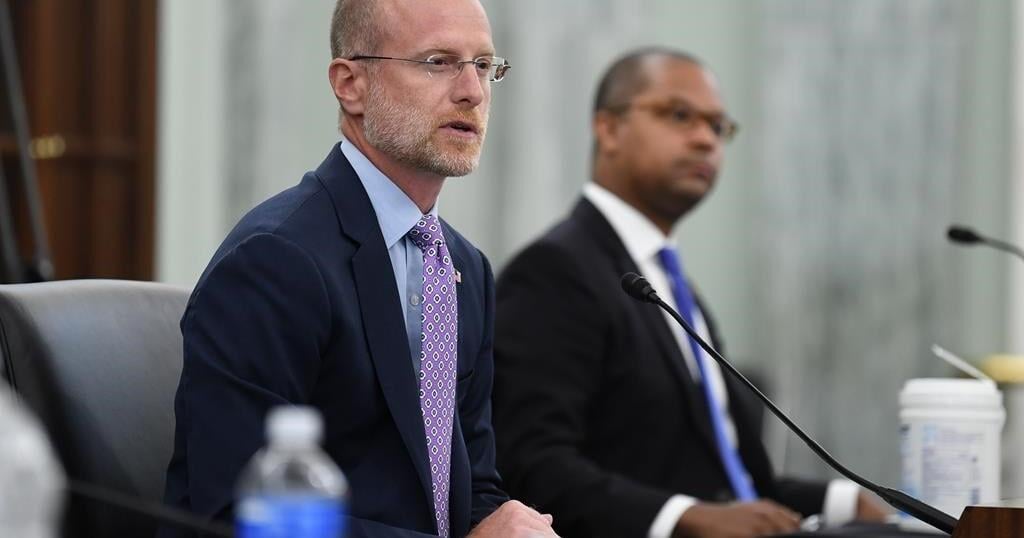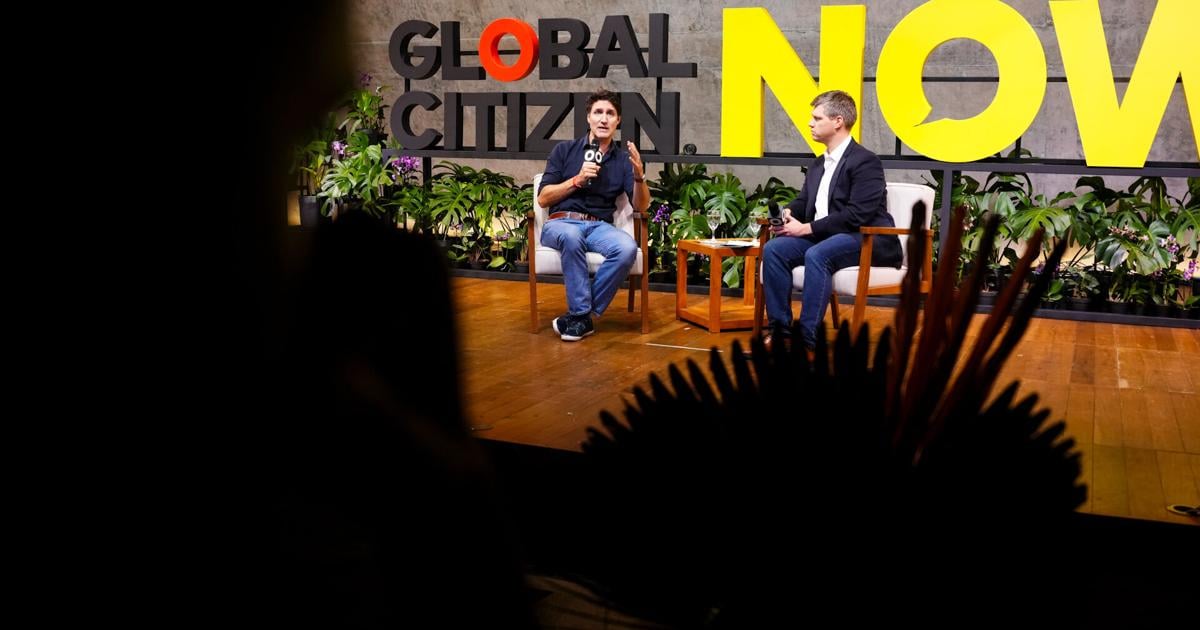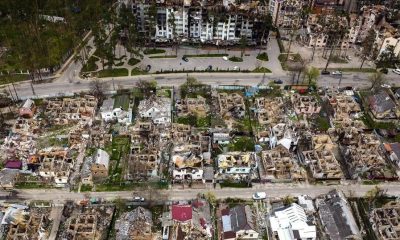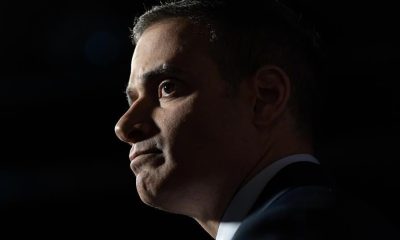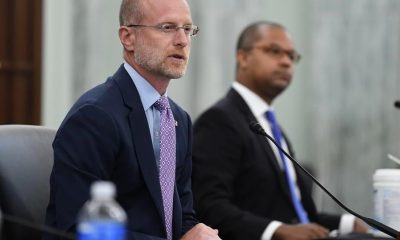VANCOUVER – British Columbia‘s political party leaders have spent the 28-day provincial election campaign wooing voters with promises on critical issues including health care, housing, the cost of living and the environment.
Here is a look at some of the top promises made by each major party ahead of election day on Saturday:
NDP
— Leader David Eby says his party’s housing plan will build 300,000 more homes for the middle class. There’s also a pledge to increase the speculation and vacancy tax on empty homes to one per cent for residents of Canada and three per cent for foreign owners starting in 2025. The NDP says they will prioritize building homes on public land.
— On the campaign trail, Eby has promised that the NDP will exempt $10,000 of individual income from taxes every year, which translates to an annual tax reduction of about $1,000 for most households and $500 for individuals.
— Eby has promised a re-elected NDP government will open involuntary-care facilities for those with overlapping addictions, mental illness, and brain injuries.
— Eby also promised the NDP will scrap B.C.’s long-standing consumer carbon tax if the federal government drops its requirement for the tax, and will instead shift the burden to “big polluters.”
— The NDP says they will increase job-protected leave to 27 weeks from the current eight days for people with a major medical diagnosis such as cancer.
— The NDP aims to attract more health-care workers with a new program forgiving the tuition loans of health professionals in return for a long-term B.C. residency guarantee. They’ve also promised immediate provisional licences for Canadian-trained care providers and licences within six weeks for qualified foreign applicants from other approved places.
B.C. Conservatives
— Leader John Rustad is promising the “Rustad Rebate,” a plan to exempt rent or mortgage interest costs from income taxes, beginning at $1,500 per month in the 2026 budget and increasing to $3,000 by 2029. His party is calling it the “largest housing tax cut in B.C.’s history.”
— The Conservatives are pledging publicly funded “partnerships” with non-governmental health clinics and a wait time guarantee for some surgical procedures that would see patients sent outside the province for faster care. They are also promising to build a new children’s hospital in Surrey, featuring a pediatric emergency room and intensive care unit, a maternity ward and a women’s health centre.
— Rustad has promised to end the Insurance Corporation of B.C.’s monopoly on car insurance and open the market to other providers to lower prices for consumers, while modifying ICBC’s no-fault insurance model to make it easier for people with life-altering injuries to seek redress in the courts.
— Rustad promised to scrap the provincial carbon tax completely.
— Rustad said he will return 20 per cent of B.C.’s forests to First Nations, replace the current stumpage system with an end-product tax, and streamline the permitting process for the forest sector.
— The Conservatives have pledged to bring back plastic straws and cutlery, and eliminate mandatory fees for grocery bags.
Green Party
— The party, under leader Sonia Furstenau, is promising to maintain the carbon tax with or without a federal mandate. Furstenau has also vowed to introduce a “windfall profits tax” on oil and gas companies, and redirect revenue from industrial carbon pricing to fund community climate action.
— The Greens’ health plans include up to six visits to a mental health professional, such as a psychologist, under the Medical Services Plan. They promise to regulate the psychotherapy professions.
— The Greens are promising to provide $1.5 billion annually to construct 26,000 new units of non-market housing each year.
— Furstenau says her party’s platform is aimed at people’s “well-being” and includes a promise to create frameworks to measure B.C.’s social and environmental performance instead of using GDP as the standard measurement.
— Furstenau says her party will increase social and disability insurance and “wraparound support” for youth aging out of care to combat poverty.
— The Greens promise to invest in climate action, renewable energy and infrastructure, including $650 million annually for municipal infrastructure to support new housing and $250 million to expand child care.
This report by The Canadian Press was first published Oct. 18, 2024.



